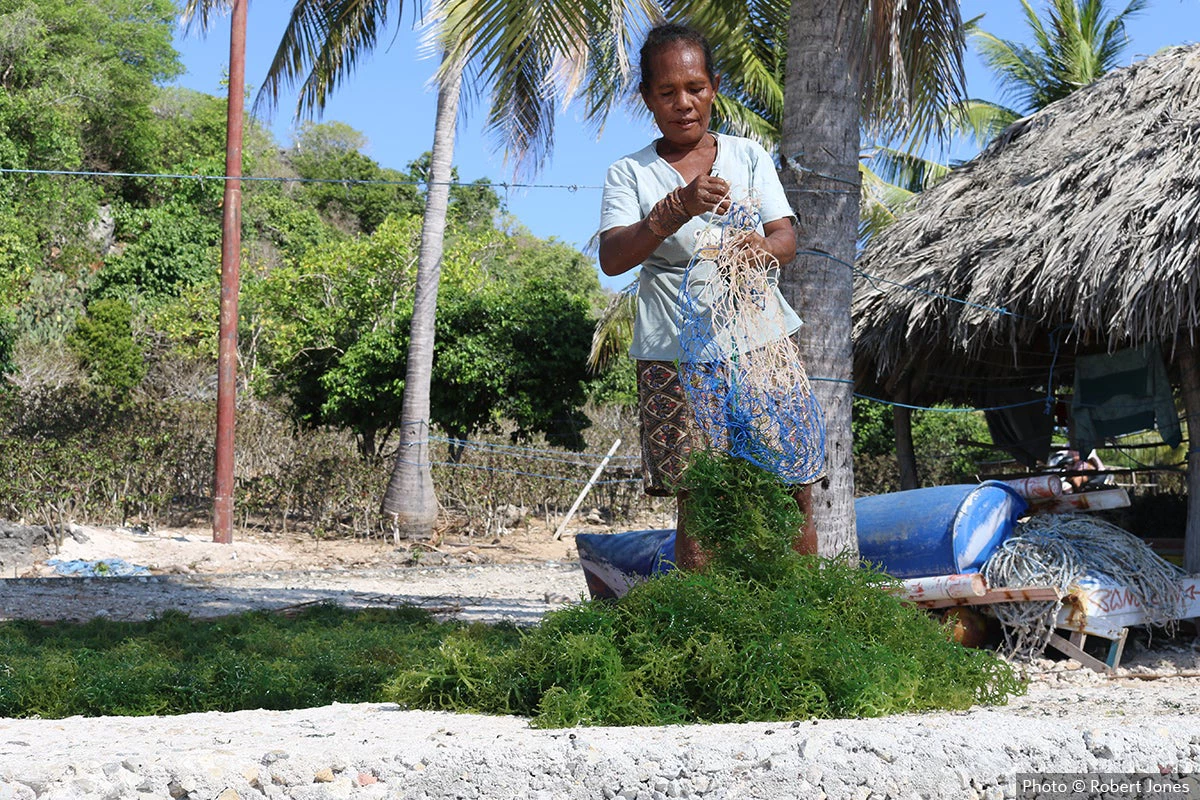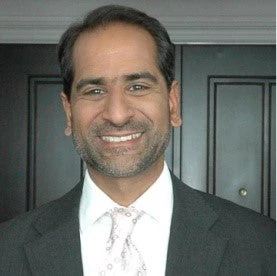
What if we had the chance to reinvent the world’s food system and make local, more sustainable, nourishing and diverse food the new norm rather than the exception?
It might seem far-fetched, but with 9 billion people expected on our planet by 2050, and one out of three children in South Asia and Sub-Saharan Africa stunted from poor nutrition, it's a necessity. Today, one in ten fellow citizens suffer from hunger and global food waste is at an all-time high.
Experts agree that world food production will need a boost by 2050 (and we'll need to waste less) to feed our growing planet. Some estimates suggest we only have 60 years of food production left in our soils if we continue with current unsustainable agricultural practices, including misplaced subsidies. Moreover, arable land and freshwater are in limited supply.
Against this backdrop, aquaculture—the practice of growing food in the water, is one food production sector growing rapidly. In fact, in the two poorest regions of the world, South Asia and Sub-Saharan Africa aquaculture (mostly fish) growth rates are no less than ten percent per annum over the past ten years.
With our global ocean covering over 70 percent of earth's surface, nearly every ocean-facing country has significant potential to farm its oceans. As nations look seaward, sea ranching and growing food in pens in open water is poised to grow, offering new climate-smart sources of protein inherently scalable given the vastness of the sea. Foods grown range from micronutrient-rich seaweeds and marine algae to fish (even Tuna, once thought imaginable) and shellfish.
While we're approaching a critical inflection point, we can still alter the trajectory of aquaculture to avoid the mistakes of our land-based agriculture systems, and capitalize on the unique physiological characteristics of fish, shellfish, and seaweed.
Food production must be smarter (using resources like land and freshwater more efficiently), climate-smart (emitting less carbon) and environmentally friendly. The growth we’re going to see in the aquaculture sector over the next several decades is something we can’t ignore – and we must act now to get aquaculture right.
With smart planning, aquaculture can use resources and space efficiently
Aquaculture is inherently a resource-efficient means of producing food. Marine aquaculture requires no land, and minimal fresh water. Since fish are grown in the water, where the effects of gravity are lessened, they can devote more energy towards growth and need less food per unit of production than animals on land. And farming in the ocean allows for three-dimensional farming, allowing much more animal protein to be produced in the same areal footprint.
Our ocean is largely undeveloped and traditionally not subject to the same extent of governance as land. But now, many governments are recognizing the importance of their ocean area as a new source of sustainable growth. They are asking for guidance and support on translating to a sustainable coastal and ocean economy or blue economy.
As a first step, undertaking robust marine spatial planning is a must. With respect to fish, spatial planning allows an evidence and data based approach for better siting growing areas. Sustainable commercial use zones can direct aquaculture away from critical habitats like mangroves, corals, and seagrasses, towards areas that have the right bio-economic conditions for growing seafood—reducing many of aquaculture’s negative impacts in the process. Aquaculture can even be integrated with other emerging ocean uses like offshore sustainable energy production, including wind turbines. At the same time, critical environmental assets can be protected from commercial development. In this respect, the sea is truly a new frontier.
We can create an aquaculture industry that functions in harmony with the environment, instead of one that conflicts with it
Imagine food production that contributes to ecosystem health instead of ecosystem decline. Consider a low-footprint, vertical farm that uses the entire water column to simultaneously farm shellfish and seaweed. Sited near the mouth of an estuary, the farm’s bivalves filter impurities while seaweeds soak up excess nitrogen from coastal pollution like land-based runoff. The farm’s design is such that it provides a nursery ground for local fish species and crustaceans to grow to adults, making up part of the lost ecological function once provided by wild shellfish reefs. Increased use of ecological principles can help improve design and location of marine fish farms as well.
The Nature Conservancy, alongside many partners, is conducting a number of pilot projects around the world to determine how, where, and when ocean aquaculture can actually help improve the environment by improving water quality, habitat function, and mitigating localized ocean acidification. If we can figure out the right conditions, we can unlock a powerful market-based solution to coastal restoration, while growing nutritious food, blue jobs and ocean wealth more broadly.
With aquaculture, we can shorten supply chains and grow food locally
On average in the United States, food travels 1500 miles before it reaches the consumer. Many major countries from the European Union, to the United States and Japan, import most of the seafood they consume at home, making seafood one of the most highly traded commodities on the planet. If we could grow more seafood locally, that would shorten the seafood supply chain, reduce seafood’s carbon footprint, stimulate local economies and provide local jobs. This goes for developing countries too.
With cities growing exponentially across the world, more local food production is becoming a must, but most of the available land for food production in their vicinity has been fully utilized. Most major cities are coastal, and within short distances there is significant aquaculture potential to farm the ocean safely and sustainably.
There are still many barriers to making this happen. We need smart policies for aquaculture that enable growth while protecting our environment. Working with businesses, coastal communities, and governments can ensure the future of aquaculture will live up to its potential and exist in harmony with our oceans and coasts.
Learn more about the opportunity at nature.org/aquaculture, and reach out to us at aquaculture@tnc.org.



Join the Conversation